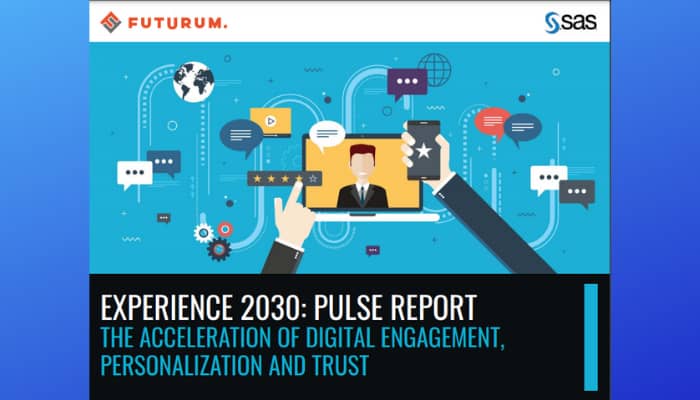Singapore – As the pandemic has halted major events such as live entertainment and spectator sports, global live entertainment company AEG Sports has marked the use of advanced analytics to measure fan sentiments online and to encourage frequent engagement, through global analytics company SAS.
The analytics utilization uses SAS’ Viya via Microsoft Azure, which uses online models to gauge fan perspectives toward such things as returning to in-person games. By continuously analyzing fan sentiment during the pandemic, AEG Sports has been able to personalize messages based on interest and feelings on personal safety, and identify which fans needed targeted retention efforts. Using these tactics AEG Sports has kept fans happy and boosted the ROI of marketing campaigns.
“Times are unpredictable – but with SAS and Microsoft, we have two key partners that we feel confident can help us adapt and thrive under any circumstances. We might not know what’s going to happen, but we know SAS and Microsoft have our goals in mind and will enable us to respond to any challenge we may face,” said Aaron LeValley, senior vice president of business operations and strategy at AEG Sports.
Meanwhile, Rodrigo Rocha, general manager cloud solutions and ISV alliances at Microsoft, commented that more than ever, digital transformation is critical as organizations learn to adapt to new customer behaviors. He also added that SAS Viya on Azure helps make that transformation easier and faster, providing much-needed, immediate actionable insights.
The company also uses the embedded capabilities in SAS Viya for contingency planning. The ability to quickly ingest and model data from multiple sources – including ticketing, partnerships, marketing, weather reports and health experts – helps AEG Sports reduce pandemic-driven uncertainty.
Jennifer Chase, senior vice president and head of marketing at SAS states that she is a strong proponent for customer-centricity – or in this case fan-centricity, adding that sports teams have a unique relationship with their ‘customers’, and AEG Sports’ passion for their fans has been evident during the pandemic.
“They [sports teams] use analytics to really understand fan reaction to the disruptions and determine how best to support them through it all. A fan experience with heart and humanity will inevitably lead to stronger fan connections, especially when fans recognize that their team understands their needs – in good or bad times,” Chase stated.
AI technology is at the heart of AEG Sports’ drive to continually increase the efficiency of its modeling efforts. The output of these models often become data visualizations, which AEG Sports uses to chart its day-to-day operations.
“Data visualization is critical to our business. Most people are visual learners, so being able to show a visual representation of data has been extremely beneficial in gaining buy-in. Right now, almost every department in our company uses data visualizations to make decisions and operate more efficiently,” John D’Onofrio, business analyst at AEG Sports, said.
He also added that they needed to turn data around quickly for games, so having daily reports with visualizations that sales leadership can look at and immediately understand is essential, especially when there’s a new game every two days.





